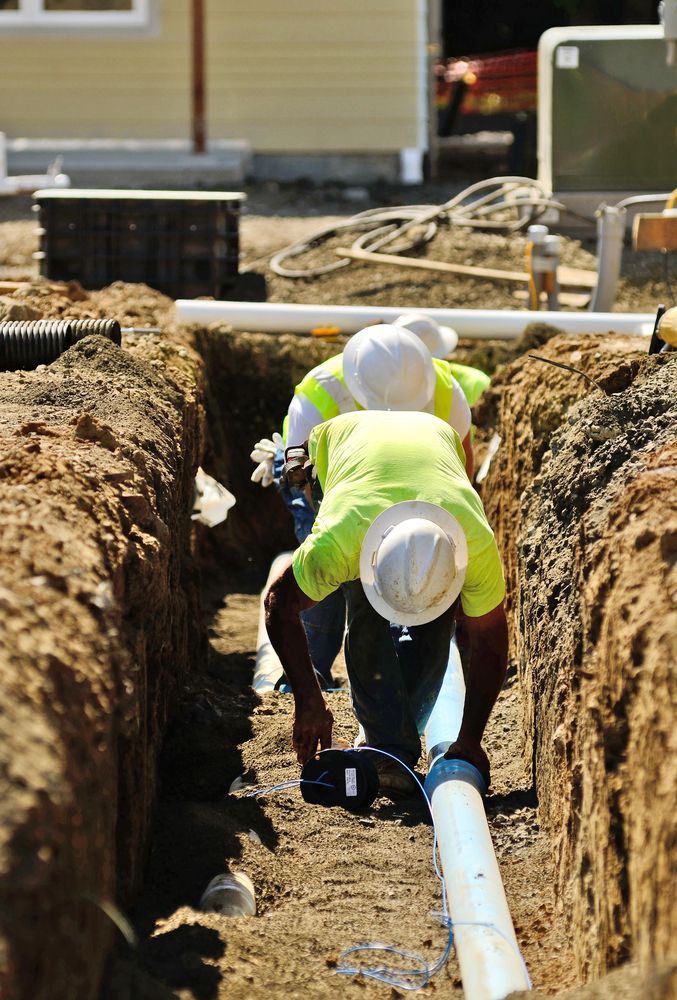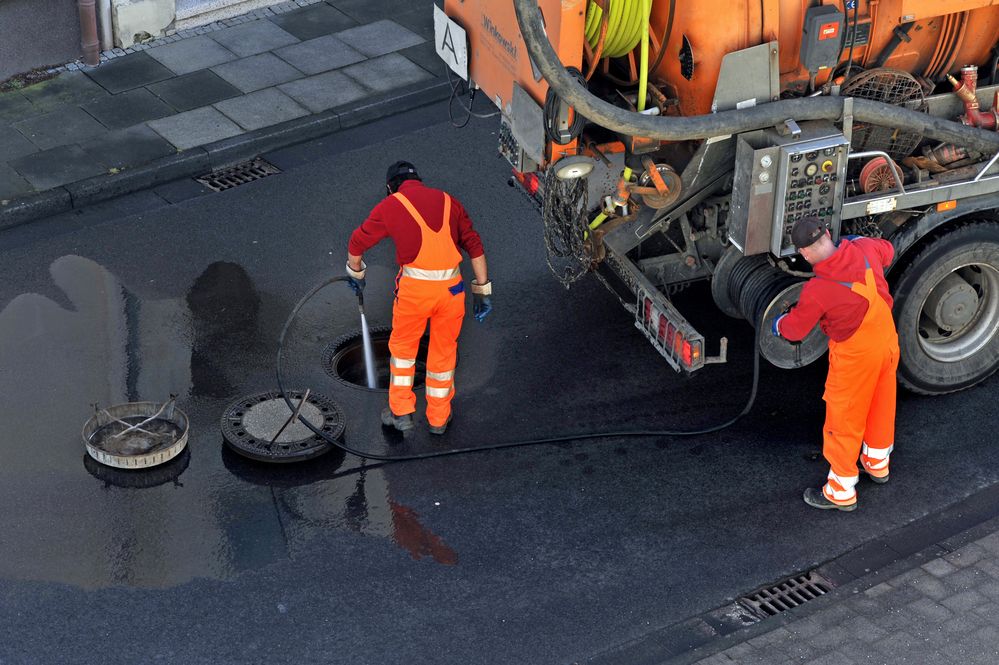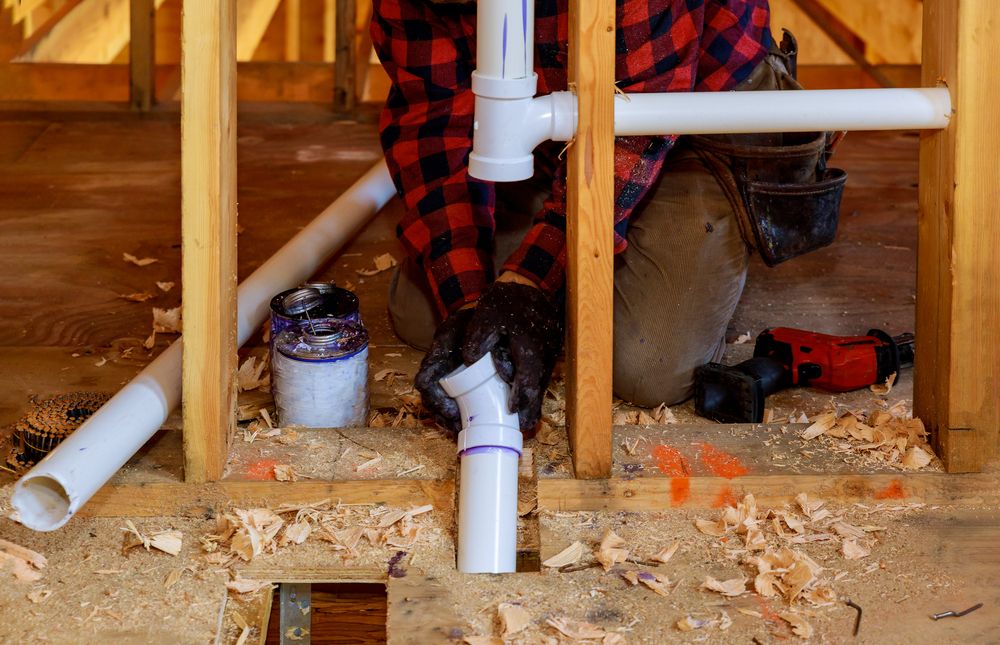How Deep Is The Sewer Line In My Yard?
Why Do You Need To Know Sewer Line Depth?
- Fees – Your local county or city could charge you a penalty fee if you don’t meet their local building or sanitation codes. If you plan on building your own home and installing a sewer line, it’s important to know what specifications your area requires.
- Cold climates – If you live in a colder region that experiences frost, it’s vital that your lines are buried below the frost line (also known as frost depth or freezing depth). This is the level of depth where groundwater begins to freeze. If your pipes are above the frost line, they can freeze in the winter and burst, halting waste from flowing out of your home. Colder region sewer lines are usually 4 feet deep.
- Extreme weather – If you live in an area that experiences extreme weather, such as tornados, hurricanes, or earthquakes, it’s important to know the right sewer line depth. Heavy rains, high-speed winds, and flooding can uproot trees, which can damage your sewer lines. Needless to say, earthquakes can damage underground pipes, requiring extensive repairs.
What Is A Sewer Lateral?

Are Cities Responsible For Sewer Lines?
Note: Los Angeles, and many other cities, do not provide financial assistance to property owners for lateral repair or replacement.

Can My Plumber Work On My Sewer Line?
If the work being done is entirely on your property, then yes, your plumber can work on your sewer line. For Los Angeles, workers need a C-36 Contractor’s License and a Los Angeles City business license. If the repairs are under the public right-of-way, plumbers need a Class “A” Permit issued by the City’s Bureau of Engineering.
What Kind Of Pipe Can I Use To Repair My Sewer Line?
How Do I Find A Reliable Sewer Line Repair Contractor?

Use your city’s license board website to research what contractors have what classifications. This way, you can choose a reliable, certified sewer line repair professional who will do the job on time and with the right equipment. If you live in California, use the California Contractors State License Board.